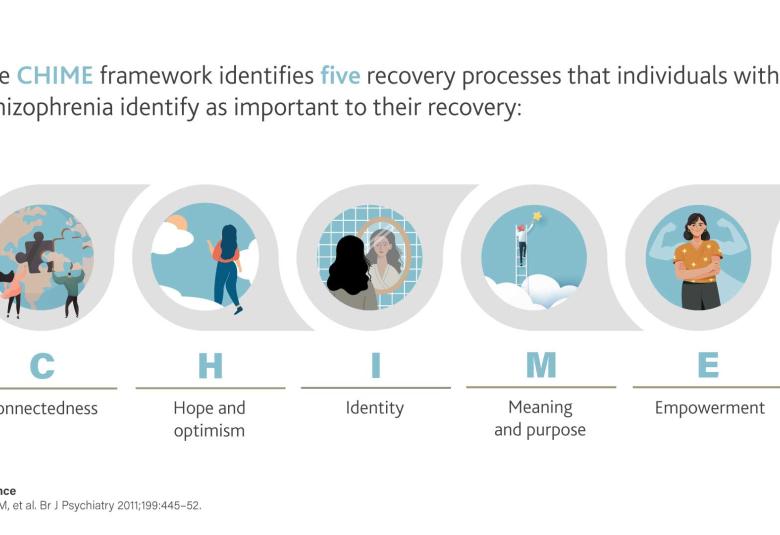At some point in their lives, around 30% of adults experience anxiety that is serious enough to impair functioning.1 On World Mental Health Day, we consider the implications of comorbid conditions such as migraine and depression.
The link between anxiety disorders and migraine has recently been confirmed by a systematic review of population-based, cohort and cross-sectional studies.2 Compared with people without the condition, those with migraine are almost four times more likely to have been diagnosed with anxiety, Leila Karimi and colleagues write in Frontiers in Neurology.
Screening for anxiety should be part of the assessment of newly diagnosed migraine patients, the authors conclude. They also suggest that the fact certain anxiolytic agents are beneficial in migraine means that the headache disorder and anxiety may have common biological underpinnings.
Major depression and generalized anxiety disorder strongly linked epidemiologically and perhaps also biologically2
An element of common underlying biology and genetic susceptibility is also thought to account for the strong and consistent evidence of comorbid anxiety and depression.3
A study of 494 people with generalized anxiety disorder (GAD) found that 81% had had MDD at some stage in their lives.4
Comorbidities complicate diagnosis
MDD seems to be a particularly strong disposing factor for GAD: a recent analysis of community-based surveys found a hazard ratio of 6.6 among those with depression, even with a gap of up to fifteen years between diagnosis of MDD and the development GAD.5
The fact that anxiety is a feature of many psychiatric conditions complicates differential diagnosis.3 Uncertainty also arises from the fact that anxiety itself comes in many forms - among them are social anxiety, generalized anxiety and panic disorders – and these can be difficult to disentangle.
The sometimes arbitrary nature of diagnosis is exemplified by the decision in DSM-5 to separate OCD from the anxiety disorders when it had previously been classified as one of them.3
7% of global DALYs due to anxiety attributable to bullying9
In a clinical context of multiple comorbidities and overlapping symptoms, a systematic approach to diagnosis is helpful. Several scales are available to assess GAD. These include self-assessment measures such as the short 7-item GAD scale.6
Such an approach may improve diagnostic accuracy. In one study, only 50% of depressed patients with comorbid anxiety were correctly diagnosed, even in specialized care facilities.7
This is despite the fact that anxiety disorders are more common in the population overall: it is estimated that anxiety disorders affect 14% of the European population and major depression 7%.8
The table shows the proportion of US adults experiencing different forms of anxiety.1
Proportion of US adults experiencing different forms of anxiety
| Specific Phobias | 8-12% |
| Social Anxiety Disorder | 7% |
| Panic Disorder | 2-3% |
| Agoraphobia | 1-2.9% |
| Generalized Anxiety Disorder | 2% |
Each aspect of anxiety carries its own burden. Together, their impact on mental wellbeing is immense. Recent evidence comes from the Lancet’s 2019 Global Burden of Disease Study.9
Bullying a growing cause of anxiety
Anxiety disorders are the most prevalent mental health problem, affecting over 300 million people and responsible for almost 29 million disability-adjusted life years (DALYs).9
Seven percent of global DALYs due to anxiety disorders were attributable to bullying, mainly among the population aged 5-39 years. Compared with 1990, this proportion had increased in almost all countries.9
The 2019 Lancet report identifies the prevention of bullying – along with disseminating knowledge about anxiety disorders and the diversification of strategies for intervention - as ways of reducing the burden.9
Our correspondent’s highlights from the symposium are meant as a fair representation of the scientific content presented. The views and opinions expressed on this page do not necessarily reflect those of Lundbeck.




